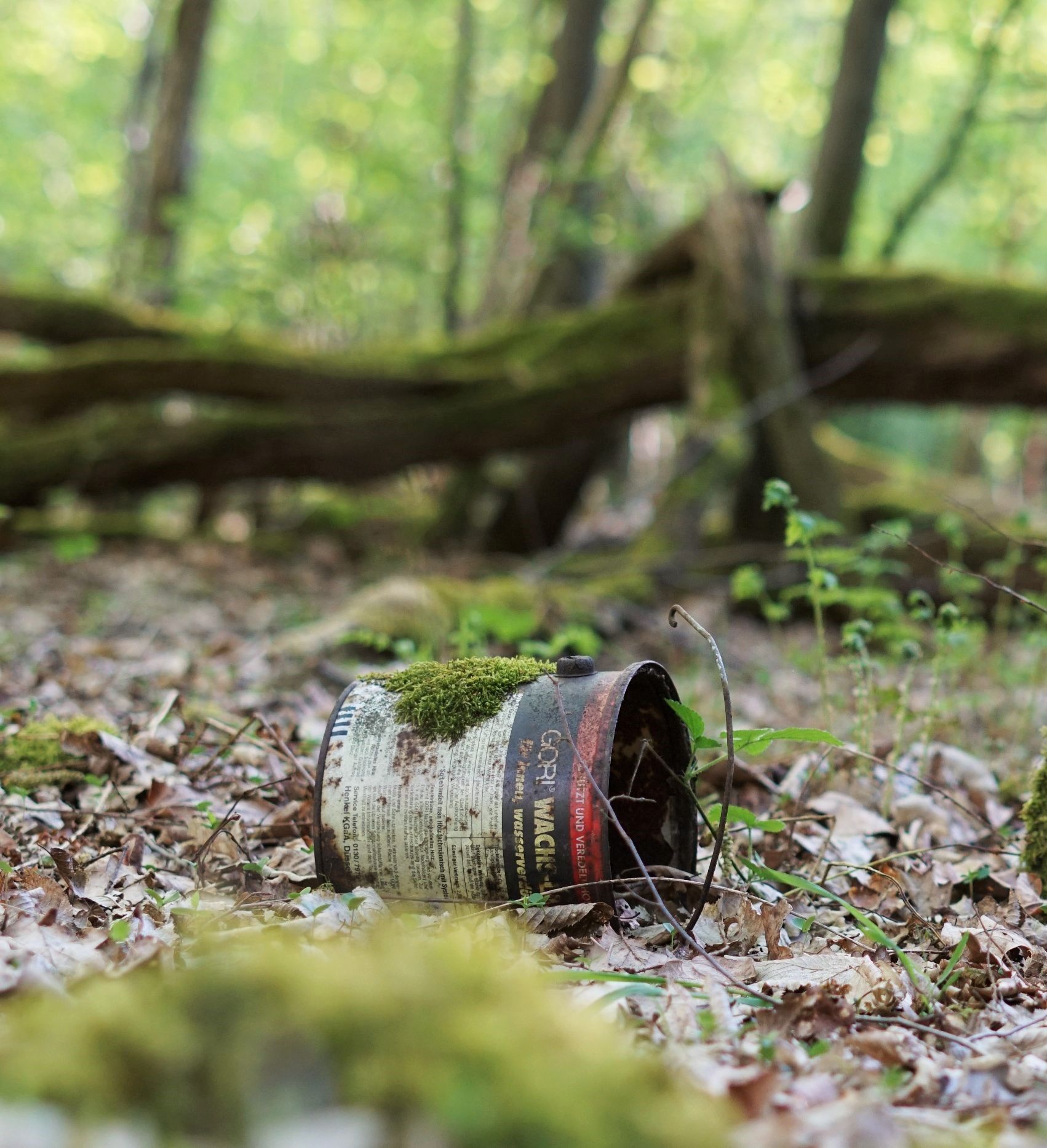Best Tips for Safety and Painting Projects in New Braunfels
Introduction
Every step of the painting process, from selecting the proper paint through cleanup and disposal, poses a danger to one's health and safety. Some painting activities that can be dangerous include working in confined spaces and at heights. Other risks include electrical hazards, chemical exposure, and hazardous gases (1).
Regarding safety and painting, taking the proper precautions is crucial. Protecting yourself is necessary, whether you are a professional painter or taking on a DIY project at home.
As professional painters, Integrity Painting will guide you through the significance of selecting the proper protective gear and ensuring correct ventilation. We'll also furnish tips on handling paint and chemicals and averting accidents and injuries safely.
Lastly, we'll examine the proper disposal of paint and supplies to protect your well-being and the environment.
So get your brush, and let's begin creating a safe and secure painting experience!
Choosing the Right Protective Gear
Selecting protective gear is similar to donning a layer of armor that safeguards you from any potential paint droplets and vapors. A respirator mask is essential, as it filters out hazardous particles in the air and prevents the inhalation of toxic fumes. Pick one that fits closely around your nose and mouth for maximum safety.
Subsequently, invest in quality safety goggles to protect your eyes from unexpected splashes and spills. Putting on long-sleeved shirts and trousers made of hard-wearing fabric will also stop your skin from direct contact with paint chemicals. Remember to use gloves to avoid absorbing dangerous substances through your skin.
You can take on any painting project by prioritizing these protective gear items while keeping yourself secure and safe!
Ensuring Proper Ventilation
Ventilation is indispensable when painting, like a gust of wind through an open window. Not only does it eradicate the pungent smell of paint fumes, but it also stops the accumulation of hazardous compounds in the air.
Here are four significant reasons you should prioritize proper ventilation while painting:
- Cleaner air: Ventilation eliminates airborne particles and contaminants, keeping the air clean and wholesome for breathing.
- Reduced health risks: Adequate airflow decreases the odds of respiratory issues, headaches, dizziness, and other discomforts from inhaling paint fumes.
- Quicker drying time: Good ventilation accelerates drying by making moisture rapidly evaporate.
- Curtailing condensation: Proper airflow prevents condensation from appearing on painted surfaces, guaranteeing a polished finish.
Remember to open windows or use exhaust fans during your painting projects to keep a safe and pleasant environment.
Handling Paint and Chemicals Safely
It is essential to wear protective equipment such as gloves and goggles to handle paint and chemicals safely. This serves to protect your skin and eyes from any potential harm.
When working with paint, adhere to the manufacturer's directions for the correct use and disposal. Don't consume or drink while handling chemicals to prevent unintentional ingestion.
Work in a room with adequate air circulation to reduce fume exposure. In the event of any spills of paint or chemicals, act swiftly to clean it up using the correct methods and discard any waste correctly.
Remember to safely store all paints and chemicals so kids and animals can't access them. By adhering to these safety protocols, you can ensure a secure painting experience.
Preventing Accidents and Injuries
A fascinating statistic to captivate the audience is that accidents and injuries can be minimized by executing proper safety measures. You should take a few crucial steps to thwart accidents and injuries while painting.
Primarily, ensure a neat and orderly workplace to prevent tripping or falling. Additionally, always use suitable protective gear such as goggles, gloves, and a respirator mask to safeguard yourself from harmful fumes or particles.
It's also imperative to utilize ladders or scaffolding correctly and firmly to avoid falls from heights. Lastly, be careful when manipulating sharp tools like paint scrapers or utility knives, keeping them away from your body and others.
Following these safety precautions can significantly decrease the chance of accidents or injuries while painting.
Proper Disposal of Paint and Supplies
Remove the surplus paint and materials properly after finishing your painting project. Proper disposal is critical for both health and environmental safety. Research any local rules or instructions for paint disposal in your vicinity. You may discover that specific kinds of paints necessitate special treatment or recycling.
If you have a little leftover paint, try to use it by painting any spots or saving it for future touch-ups. If you can't use it all, consider donating the extra color to a nearby community organization or recycling center.
As for supplies such as brushes and rollers, wash them carefully before reusing or discarding them in accordance with local laws. By taking these measures, you'll ensure that your painting project ends securely and is eco-friendly.

Conclusion
So there you have it, my buddy! Safeguarding and painting have a kinship akin to peanut butter and jelly. It's not just about donning a smock and splashing some color on the walls.
Oh no! You must equip yourself with the correct equipment, ensure sufficient aeration, treat those chemicals cautiously, stave off accidents just like a superhero, and discard everything like a master.
Integrity Painting reminds you that safety comes first, or your paint gathering might become a calamity! We also provide more information on proper painting techniques to ensure you have a beautiful finish with your exterior painting projects.
Curious about our exterior painting service? Follow this link to find out more:
https://www.paintingnewbraunfels.com/exterior-painter
References:
(1)
https://safetydocs.safetyculture.com/blog/safe-work-method-statement-for-painting-essential-for-construction/
